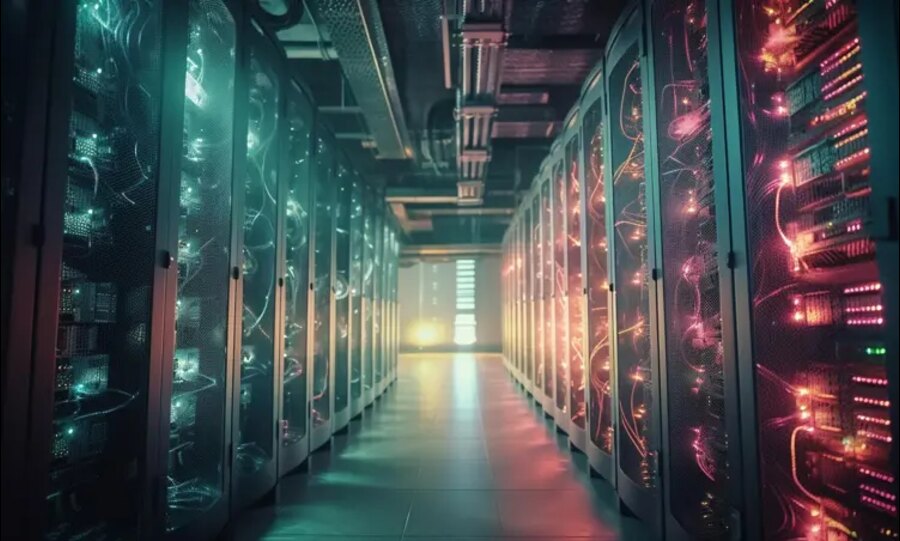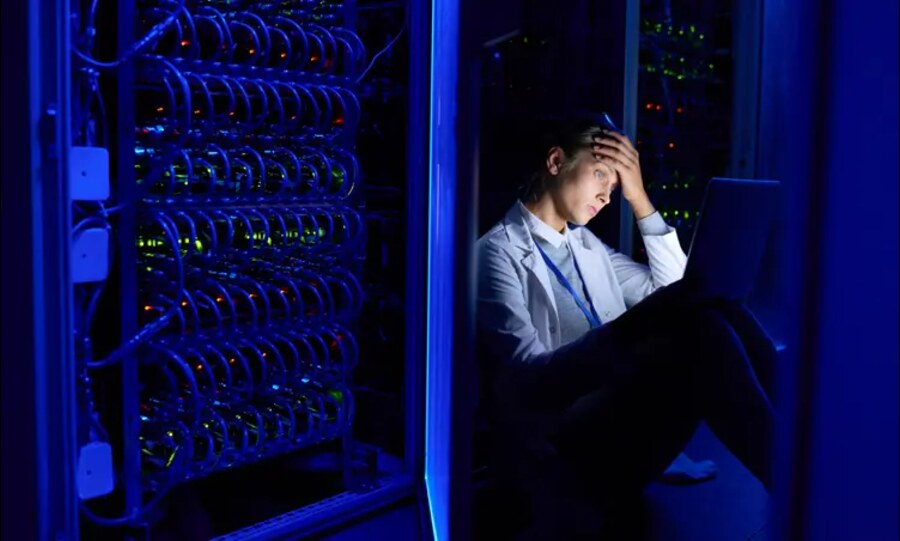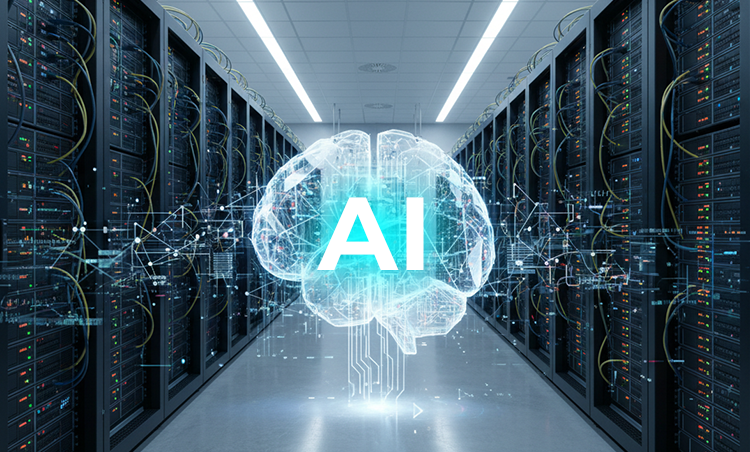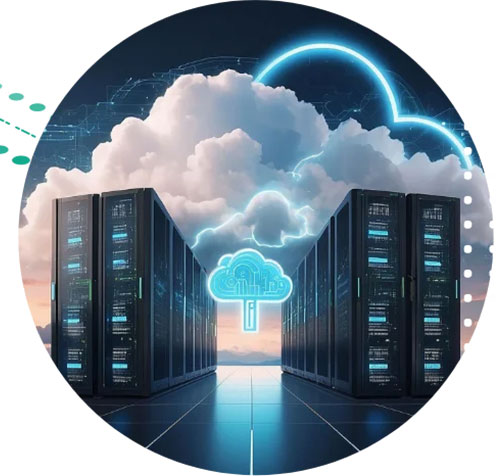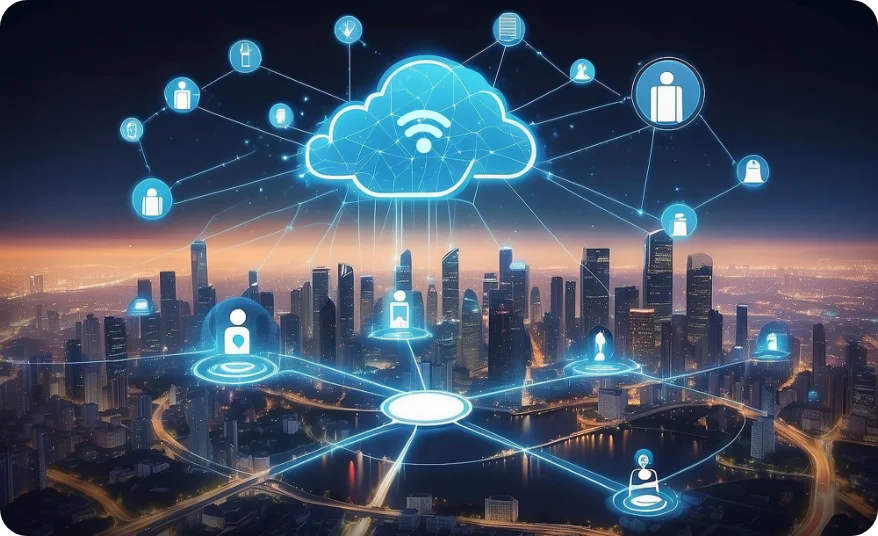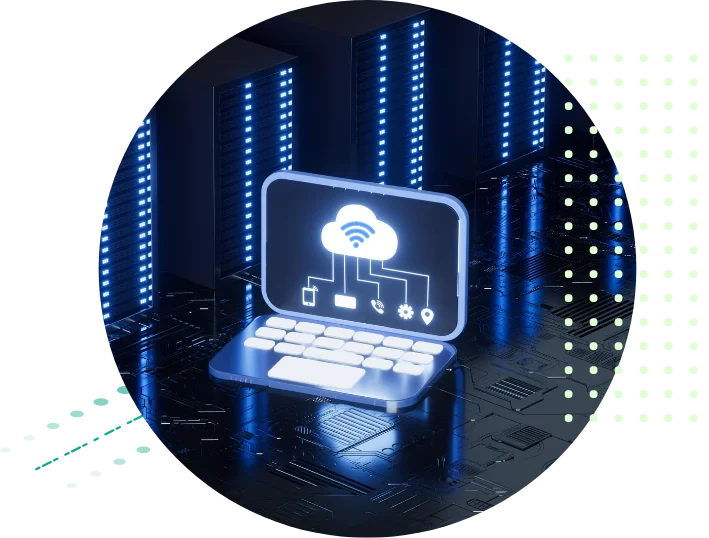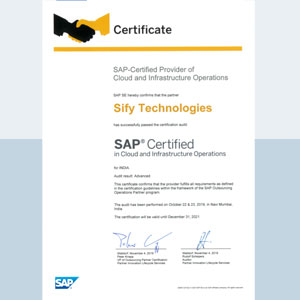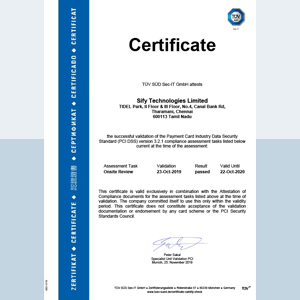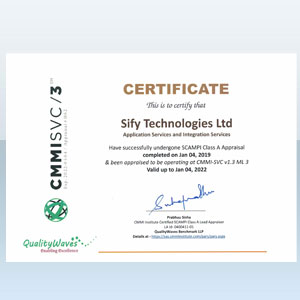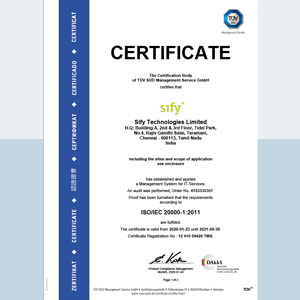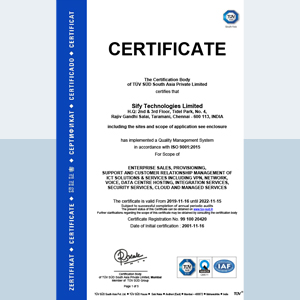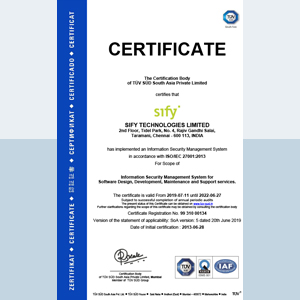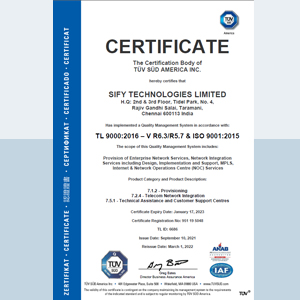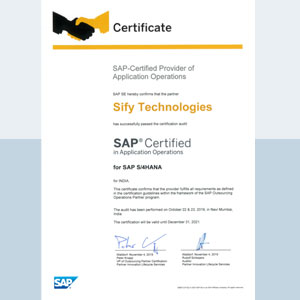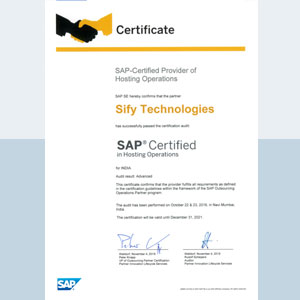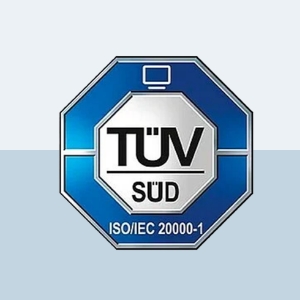Table of contents
The Paradox of Performance and Planet
Enterprises are racing toward performance at a scale never seen before. AI models are growing denser, data is flowing faster, and cloud workloads are becoming more compute-intensive. Hyperscale, AI-ready, and high-density data centers now anchor the digital economy — but every watt of performance comes with an environmental cost.
The paradox is simple: the more intelligent and high-performing a data center becomes, the more energy, cooling, and resources it demands. In an era defined by ESG mandates and carbon accountability, data center sustainability challenges have become as strategic as uptime. True high performance today isn’t just measured in latency or PUE — it’s measured in responsibility.
Read about how data centers are evolving to power AI workloads here.

The Rising Demand for High-Performance Data Centers
AI workloads, 5G networks, and real-time analytics have redefined what “performance” means inside the data center. Machine learning models demand continuous inference. IoT ecosystems generate petabytes of streaming data. Cloud-native enterprises expect sub-millisecond response times.
This computational intensity increases power density, thermal load, and water consumption — all of which amplify the sustainability burden. Every hardware refresh, every GPU cluster, every additional megawatt of compute power brings the performance-energy paradox into sharper focus: every gain in capability adds strain to the planet.
Sify data centers are designed to meet sustainability goals along with the needs of modern businesses.
Modern Data Centers and Sustainability Challenges
The anatomy of a modern data center reveals where sustainability falters:
- Power Demand and Grid Dependency: The exponential rise in compute workloads drives unprecedented electricity consumption, putting pressure on regional grids.
- Cooling Inefficiencies and Water Scarcity: Traditional HVAC systems struggle to manage heat in high-density environments, while water-based cooling competes with local water reserves.
- Carbon Footprint of Backup Systems: Diesel-based generators remain fallback options, undermining carbon neutrality goals.
- E-Waste and Lifecycle Emissions: Hardware refresh cycles and obsolescence contribute significantly to Scope 3 emissions.
- Supply Chain and Scope 3 Gaps: Even if a facility is efficient, the embedded carbon in its materials, transport, and vendor ecosystem still counts.
A single megawatt of IT load can emit over 3,000 tons of CO₂ annually (Source: Data42) if powered by fossil energy — a number that underscores how sustainability challenges scale with performance.
Why Energy-Hungry Data Centers Undermine ESG Goals
The ESG spotlight is now squarely on data centers. Frameworks like GRI, CDP, and TCFD demand transparency around emissions, energy mix, and resource usage. The dilemma is stark:
- More compute → higher emissions → weaker ESG alignment.
- AI training and inferencing → exponential power draw → operational strain.
As governments tighten carbon tax policies and renewable energy mandates, sustainability has shifted from a CSR concern to a compliance imperative. Enterprises can no longer scale indiscriminately; they must scale responsibly. For data centers, that means sustainability is not an add-on — it’s an architectural discipline.
The Gap Between Sustainable Data Centers and Enterprise Reality
Most enterprises know what needs to be done — yet the sustainability transition often lags. Why?
- Capex constraints make green retrofits financially challenging.
- Legacy facilities lack modular flexibility for renewable integration.
- Limited renewable access in certain geographies stalls progress.
- Fragmented governance between IT and facility teams slows implementation.
Worse, many sustainability reports focus narrowly on PUE (Power Usage Effectiveness) — ignoring Water Usage Effectiveness (WUE) and Carbon Usage Effectiveness (CUE), which tell a fuller environmental story. The result? An illusion of progress that borders on greenwashing.
Learn about sustainable data centers and how your business can build one.
The Cost of Ignoring Energy-Efficient Data Center Practices
Sustainability neglect has measurable consequences.Inefficient cooling systems and poor airflow management inflate operational costs. ESG non-compliance risks investor backlash and reputational loss. In regions with carbon limits, enterprises may even face regulatory fines for exceeding emission thresholds.
Inefficiency, in short, is vulnerability. The data centers that fail to modernize for efficiency will not only bleed power but also resilience. Sustainability isn’t about saving the planet instead of saving costs; that is protecting both.
The 5 Pillars: Building an Energy-Efficient Data Center Framework
The industry is realizing that sustainability is no longer a constraint — it’s a design principle. The future of digital infrastructure lies in architectures that harmonize performance with environmental intelligence.
The pillars of sustainable data center design include:
- Intelligent Power Management — AI-driven energy optimization and predictive load balancing reduce wastage in real time.
- Efficient Cooling Systems — Liquid and free-air cooling, augmented by thermal AI models, lower both energy and water dependency.
- Renewable Integration — On-site solar, wind, and hybrid microgrids bring resilience to fluctuating grids.
- Circular IT Lifecycle — Refurbished components, modular racks, and responsible e-waste recycling extend asset life and reduce carbon debt.
- Holistic Monitoring — Unified dashboards track PUE, WUE, and CUE alongside carbon metrics for transparent reporting.
These pillars turn sustainability from aspiration into architecture.
The Gap Between Sustainable Data Centers and Enterprise Reality
Most enterprises know what needs to be done — yet the sustainability transition often lags. Why?
- Capex constraints make green retrofits financially challenging.
- Legacy facilities lack modular flexibility for renewable integration.
- Limited renewable access in certain geographies stalls progress.
- Fragmented governance between IT and facility teams slows implementation.
Beyond PUE: The Need for a Holistic Sustainability Metric
While many enterprises claim sustainability progress, their reporting often tells only part of the story. Most focus narrowly on Power Usage Effectiveness (PUE) — an important but incomplete metric. True environmental responsibility requires equal attention to Water Usage Effectiveness (WUE) and Carbon Usage Effectiveness (CUE), which together provide a complete picture of a data center’s ecological footprint.
By tracking PUE, WUE, and CUE holistically, enterprises can measure energy efficiency, water stewardship, and carbon impact in unison — revealing operational gaps that single metrics can’t expose.
The result? An illusion of progress that borders on greenwashing when sustainability is measured in isolation.
How Sify Technologies is Powering Sustainable Performance
Sify Technologies is reimagining what sustainable performance looks like. Its next-generation green data centers are AI-ready, energy-efficient, and ESG-aligned — built from the ground up to balance density with responsibility.
Key sustainability-focused innovations include:
- AI-driven Cooling Optimization that dynamically adjusts airflow and thermal load, cutting energy waste.
- PUE levels below the industry average across hyperscale campuses.
- Hybrid renewable energy models that blend solar and grid power to ensure energy continuity.
- Real-time Energy and Carbon Dashboards offering unified visibility into sustainability performance.
- Lifecycle Management Frameworks that minimize e-waste through modular and circular asset strategies.
The world no longer rewards raw performance that burns resources unchecked. True leadership lies in designing for both efficiency and ethics. Enterprises that embed sustainability today will lead tomorrow’s digital infrastructure revolution.
It’s time to audit not just your uptime — but your environmental uptime.
Because in the coming decade, the future of digital infrastructure will be measured not just in gigawatts and gigabytes — but in responsibility.
To understand how Sify Technologies is extending both AI-ready and sustainable data center solutions, speak to our experts today.




